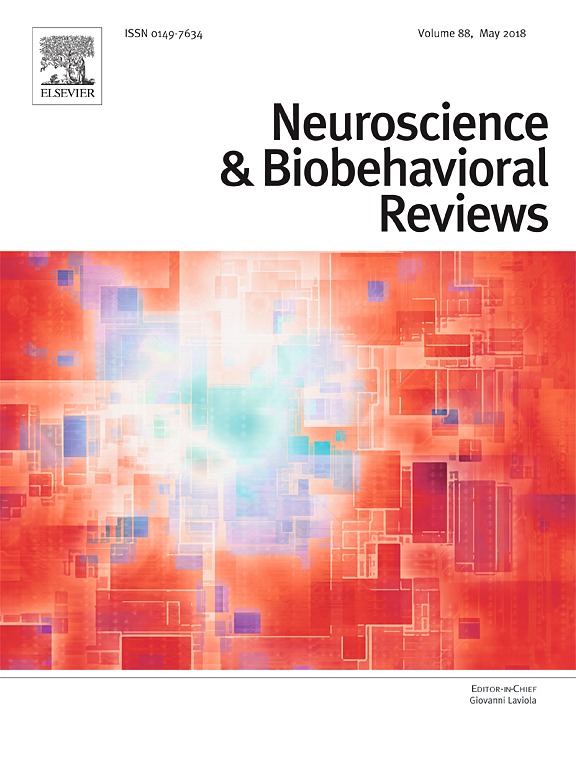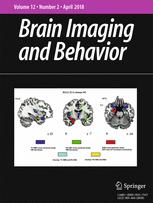Using Convolutional Neural Networks to Examine Structural Abnormalities in Schizophrenia
Authors: Sandra Vieira, Walter HL Pinaya, Andrea Mechelli
Journal: Schizophrenia Bulletin
Abstract: Background: The volume of the central corpus callosum (CCC) is inversely correlated with that of bilateral lateral ventricles (LV) in first-episode schizophrenia (FESZ) (del Re, in press). Here, we determined corpus callosum (CC) diffusion measures (DTI) using 2-tensor tractography in FESZ and controls in order to investigate the relationship between diffusion in CCC and LV volume at baseline and 0.7 months later. Free-water correction was applied to account for the possible contribution of LV CSF to CC DTI measures. Methods: Sixteen FESZ and 16 age- and handedness-matched controls were included in the study. MR images were acquired on a 3-Tesla whole body MRI Echospeed system General Electric scanner (GE Medical Systems) at Brigham and Women’s Hospital at baseline and ~0.7 years later with 51 gradient directions (1.7-mm slice thickness). The CC was segmented in 5 regions according to Hofer and Frahm (2006). Clinical and demographic data were collected. Results: Fractional anisotropy (FA) was decreased; radial diffusivity and trace were increased while axial diffusivity was unchanged in FESZ with comparison to controls. In FESZ an inverse correlation was present between FA of the CCC and volume of the LV; in controls the correlation was also significant but positive. In FESZ an inverse correlation was present between lower FA of the CCC and higher positive symptoms. Conclusion: In FESZ, the FA of CCC and the volume of LVs are inversely correlated and lower CCC FA associates with higher positive symptoms. Schizophrenia-specific developmental mechanisms might determine this relationship.




